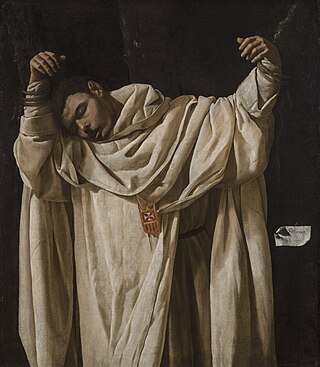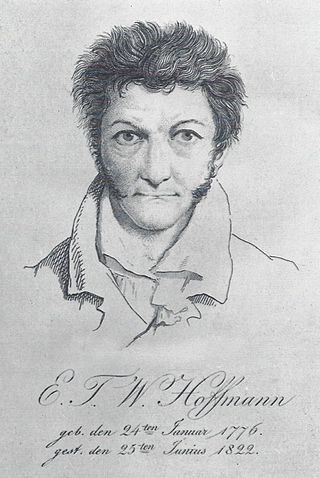Related Research Articles

Serapion was a Patriarch of Antioch. He is known primarily through his theological writings, although all but a few fragments of his works have perished. His feast day is celebrated on October 30.
The Sacramentary of Serapion of Thmuis is a work of Saint Serapion, bishop of Thmuis in the Nile Delta and a prominent supporter of Athanasius in the struggle against Arianism. He is sometimes called Serapion the Scholastic for his learning. He is best known in connection with this prayer-book or sacramentary (euchologion) intended for the use of bishops.

May 13 - Eastern Orthodox Church calendar - May 15

July 12 – Eastern Orthodox Church calendar - July 14
Pumbedita was an ancient city located in modern-day Iraq. It is known for having hosted the Pumbedita Academy.
Thmuis was a city in Lower Egypt, located on the canal east of the Nile, between its Tanitic and Mendesian branches. Its ruins are near the modern city of Timayy al-Imdid.
Serapion is a given name, a variant of Seraphin.
Domninus may refer to:

Mara bar Serapion was a Stoic philosopher from the Roman province of Syria. He is noted for a letter he wrote in Aramaic to his son, who was named Serapion. The letter was composed sometime after 73 AD but before the 3rd century, and most scholars date it to shortly after 73 AD during the first century. The letter may be an early non-Christian reference to the crucifixion of Jesus.

Serapion of Algiers was an English Catholic Mercedarian priest and martyr. Thomas O'Loughlin says Serapion was Scottish by birth. Serapion is acknowledged as a proto-martyr. He was the first of his Order to merit the palm of martyrdom by being crucified and cut to pieces.

Serapion the Younger wrote a medicinal-botany book titled The Book of Simple Medicaments. The book is dated to the 12th or 13th century. He is called "the Younger" to distinguish him from Serapion the Elder, aka Yahya ibn Sarafyun, an earlier medical writer with whom he was often confused. Serapion the Younger's Simple Medicaments was likely written in Arabic, but no Arabic copy survives, and there is no record of knowledge of the book among medieval Arabic authors. The book was translated to Latin in the late 13th century and was widely circulated in late medieval Latin medical circles. Portions of the Latin text make a good match with portions of a surviving Arabic text Kitab al-Adwiya al-Mufrada attributed to Ibn Wafid. The entire Latin text is very heavily reliant on medieval Arabic medicinal literature; and it is essentially just a compilation of such literature. It is exceedingly clear that the book was not originally written in a Latin language.

Saint Serapion or The Martyrdom of Saint Serapion is a 1628 oil painting on canvas by the Spanish artist Francisco Zurbarán (1598–1664). The work was commissioned by the Mercedarian Order to hang in the De Profundis hall of their monastery in Seville. Zurbarán is noted for his portrayals of penitent or martyred monks and saints. Critic Tom Lubbock used this painting to illustrate a difference in the way the martyrdom of two different saints are depicted. He contrasted the understated and calm depiction of St. Serapion's violent death with the equally or more violent death of the Jesuit priest and martyr Saint Edmund Campion (1540–1581) who was publicly hanged, drawn and quartered in London in December 1581. The art critic draws a comparison in the manner of the depiction of Campion's death and that of Saint Serapion of Algiers (1179–1240), a Mercedarian friar who fought in the Third Crusade of 1196 and was later martyred.

The Serapion Brethren is the name of a literary and social circle, formed in Berlin in 1818 by the German romantic writer E. T. A. Hoffmann and several of his friends. The Serapion Brethren also is the title of a four-volume collection of Hoffmann's novellas and fairytales that appeared in 1819, 1820, and 1821.

Asclepiades of Antioch called the Confessor, was Patriarch of Antioch from 211 until his death. He succeeded Serapion as Patriarch of Antioch in 211. He was given the title of martyr, due to the trials he endured during Roman persecution.
Papyrus Oxyrhynchus 294 is a letter from Alexandria, in Greek. It was discovered in Oxyrhynchus. The manuscript was written on papyrus in the form of a sheet. It was written at 11 December 22. Currently it is housed in the Princeton University Library in Princeton.

March 20 – Eastern Orthodox liturgical calendar – March 22
Serapion the Sindonite was a Christian monk from Egypt who is considered a saint by the Eastern Orthodox Church and the Roman Catholic Church. His feast day is on 7 April.

Serapion of Nitria, Serapion of Thmuis, also spelled Sarapion, or Serapion the Scholastic was an early Christian monk and bishop of Thmuis in Lower Egypt, born in the 4th century. He is notable for fighting alongside Athanasius of Alexandria against Arianism.
References
- ↑ St. Serapion Catholic Online